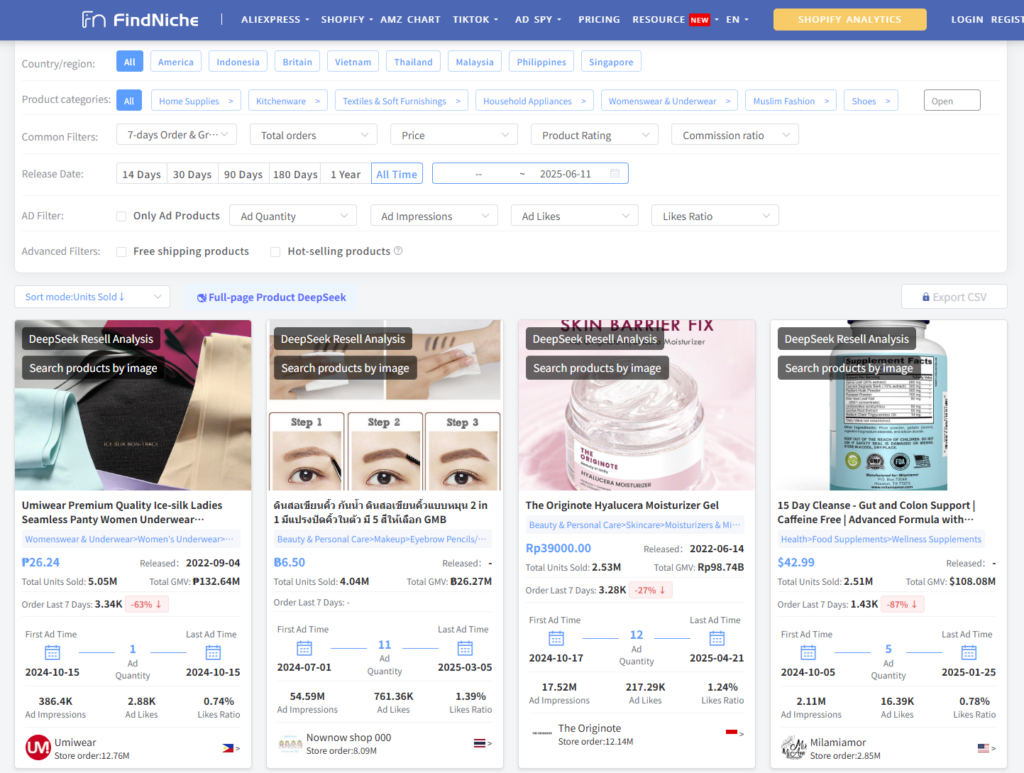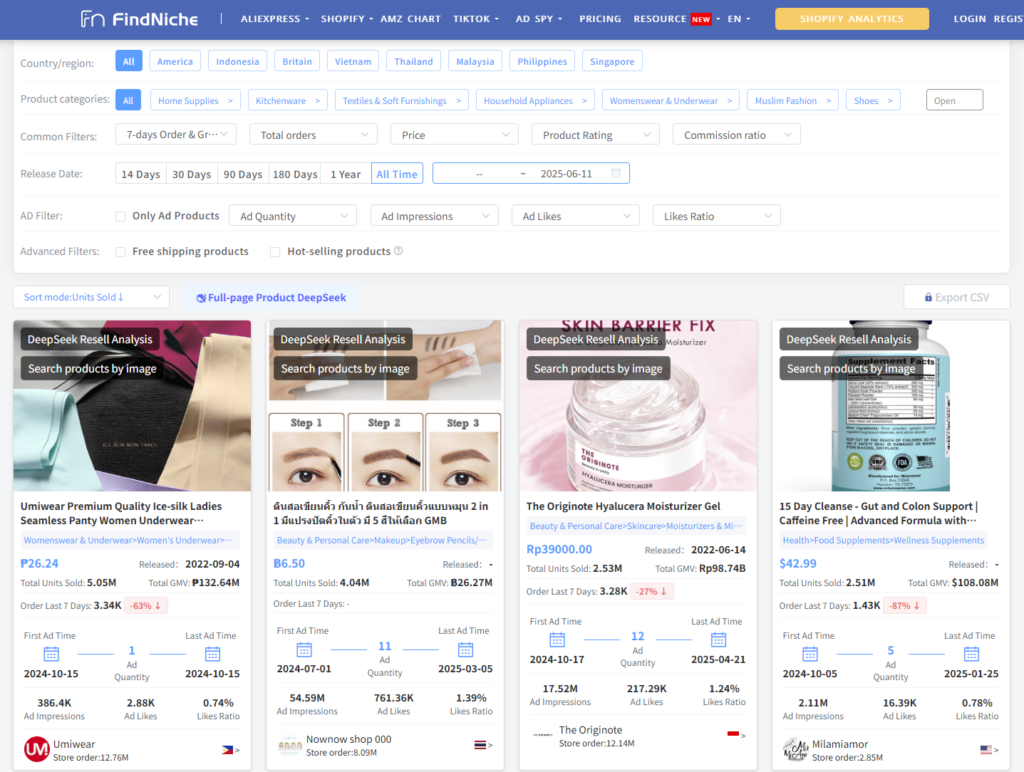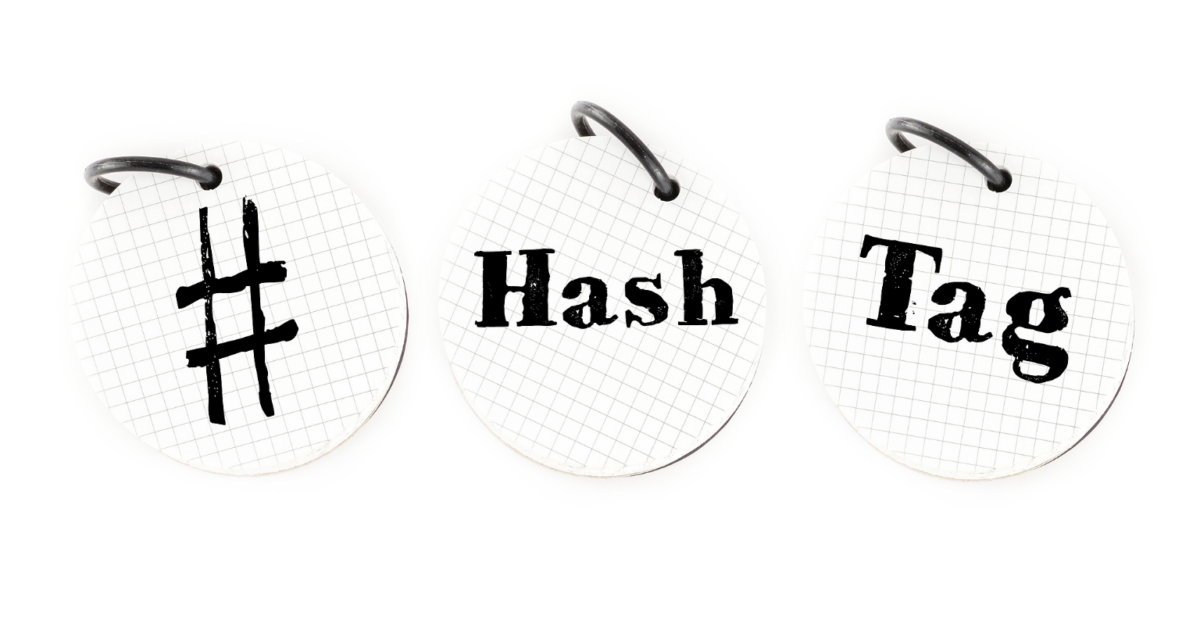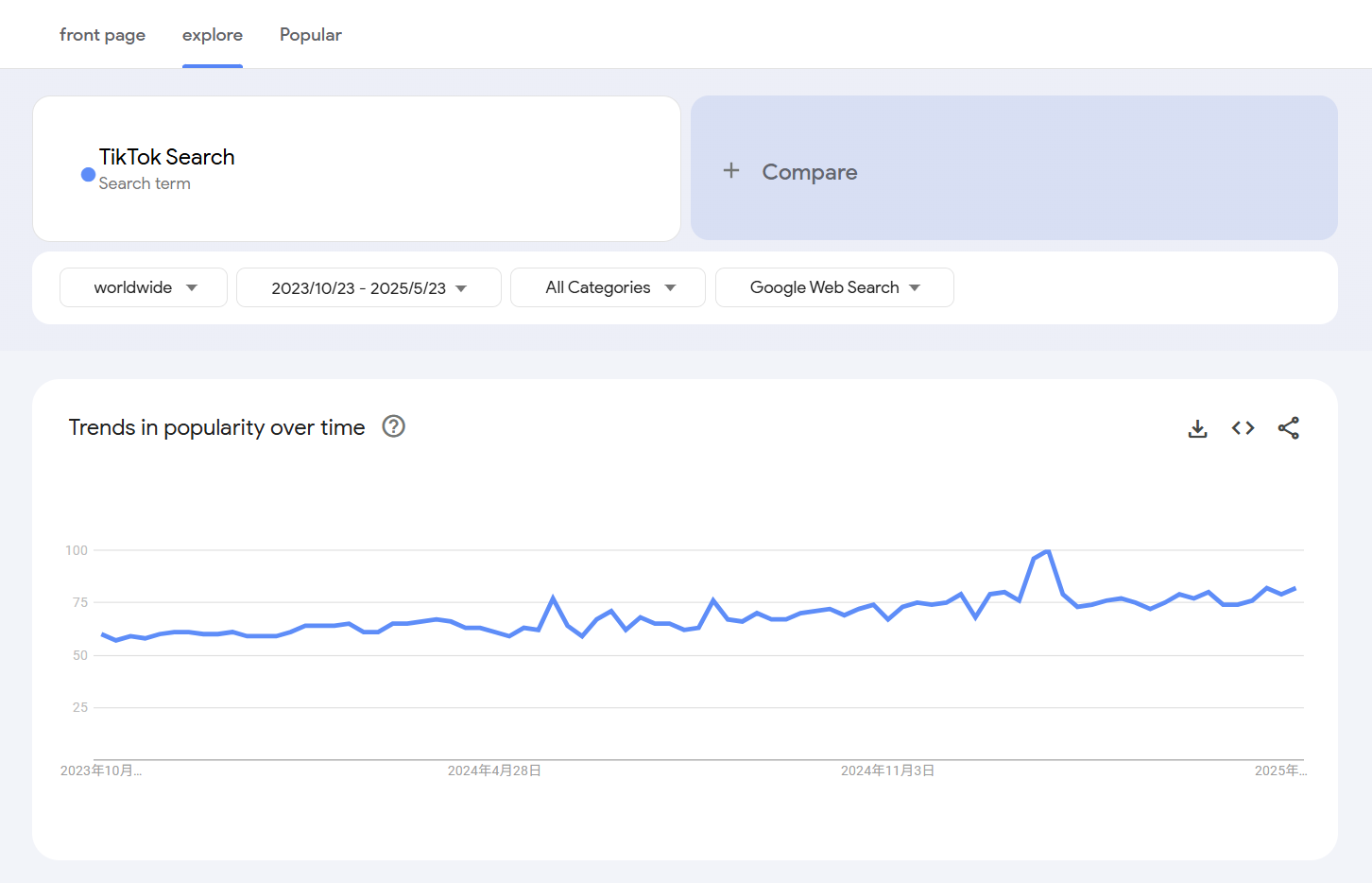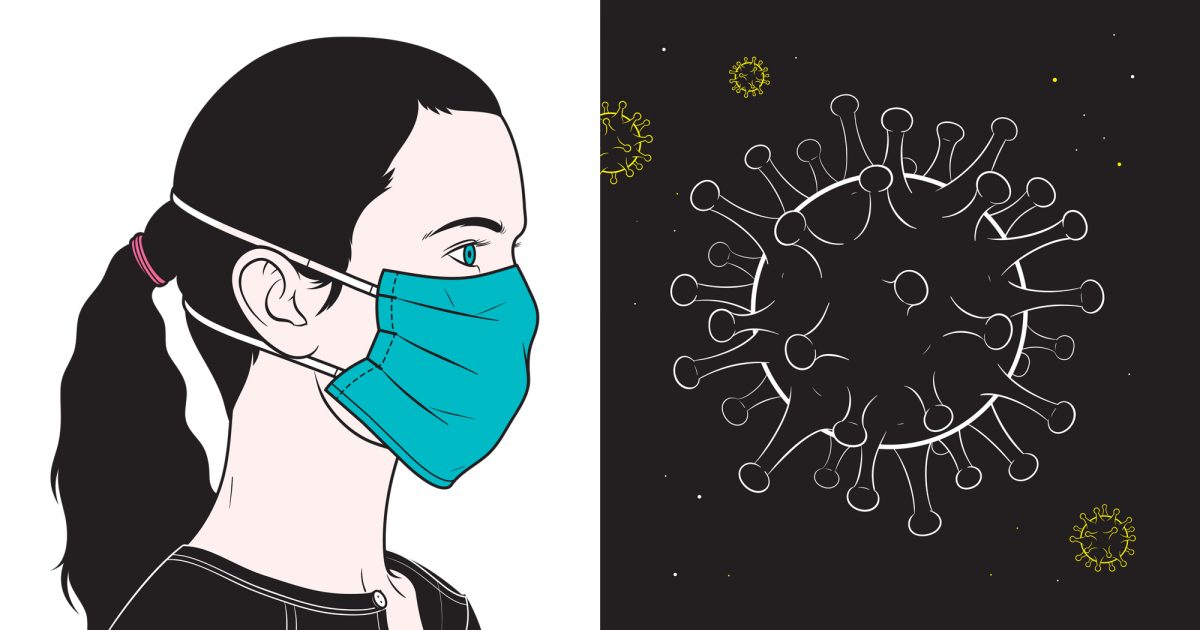Introduction
Most TikTok Shop Ads Burn Your Budget — Here's How to Avoid That Trap
Let’s be real: running TikTok Shop ads sounds easy, but most first-timers lose money.
Not because the product is bad or TikTok ads don’t work — it’s because they skip a few critical steps. TikTok isn’t a platform where you buy results — it’s where you test fast, learn quickly, and scale what actually converts. You need more than a trending hook. You need timing, audience insights, native-feeling creatives, and solid analytics to guide your decisions.
This guide breaks it all down:
- How TikTok Shop Ads work in 2025, and what’s changed since last year
- How to pick the right product before spending a single dollar
- How to script TikTok-native ad creatives that actually drive action
- How to spy on competitors and analyze real ad data using tools like FindNiche
- How to test ads with a low budget, and scale only what works
- What to fix when your ads get clicks but no conversions
If you’re serious about profit — not just visibility — read this before you launch anything.
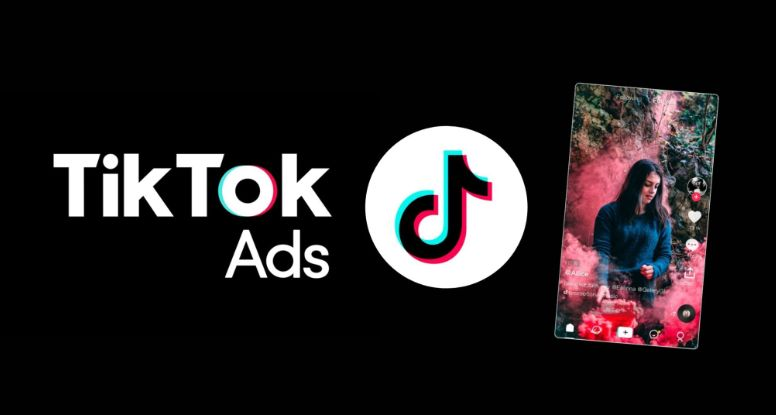
How TikTok Shop Ads Actually Work in 2025 (And What’s Changed)
TikTok Shop Ads in 2025 aren’t what they used to be — and if you’re still treating them like Facebook ads with Gen Z aesthetics, you’re going to burn budget fast.
Let’s break down what’s actually happening now:
Two Core Formats You Need to Know
TikTok offers two major ad formats for TikTok Shop:
-
Video Shopping Ads (aka standard in-feed shoppable video ads)
These appear in the For You Feed like native TikToks, but they’re directly linked to product detail pages. Think of them as the bread and butter of TikTok Shop Ads — scalable, flexible, and ideal for testing creatives. -
LIVE Shopping Ads
These promote livestream commerce events and drive traffic to live rooms. More common in Southeast Asia, but TikTok is starting to push this format globally — especially for categories like beauty, fashion, and gadgets.
Pro tip: If you're just starting, focus on video ads first — they’re easier to test, cheaper to produce, and easier to iterate based on data.
What’s New in 2025?
TikTok’s ad ecosystem is evolving fast — especially for Shop sellers. Here’s what changed in 2025 (and what it means for you):
- Attribution windows are tighter. You now have a 7-day click and 1-day view attribution model. Translation? If your ad doesn’t drive fast action, it probably won’t convert at all.
- Approval & policy checks are stricter. Ads get flagged faster — especially if your creatives look too “pushy” or if your product page lacks info. Avoid aggressive claims or exaggerated before/after visuals.
- More integration with TikTok Shop backend. You can now optimize ads based on real store metrics (click-to-conversion rate, GMV, etc.), not just CTR or CPC. If your product page sucks, your ad performance will too — no matter how good the video is.
TikTok For Business ≠ TikTok Shop
This one trips people up all the time:
- TikTok For Business is the general ads platform (like for DTC brands, mobile apps, websites).
- TikTok Shop Ads are a newer sub-channel, deeply integrated with TikTok Shop (buy buttons, TikTok warehouse fulfillment, GMV data, etc.).
Why it matters: A winning TikTok For Business product can still flop in TikTok Shop — different journeys, different content.
Real-World Recap: What to Focus on
If you're launching TikTok Shop ads in 2025, here’s what matters most:
- Don’t just run ads. Think in terms of native shopping content.
- Optimize your store, listings, and creatives — not just CPC.
- Be ready to test fast and cut losers quickly. TikTok rewards agility, not perfection.
- Focus on CTR + PDP conversion rate — that’s your real north star.
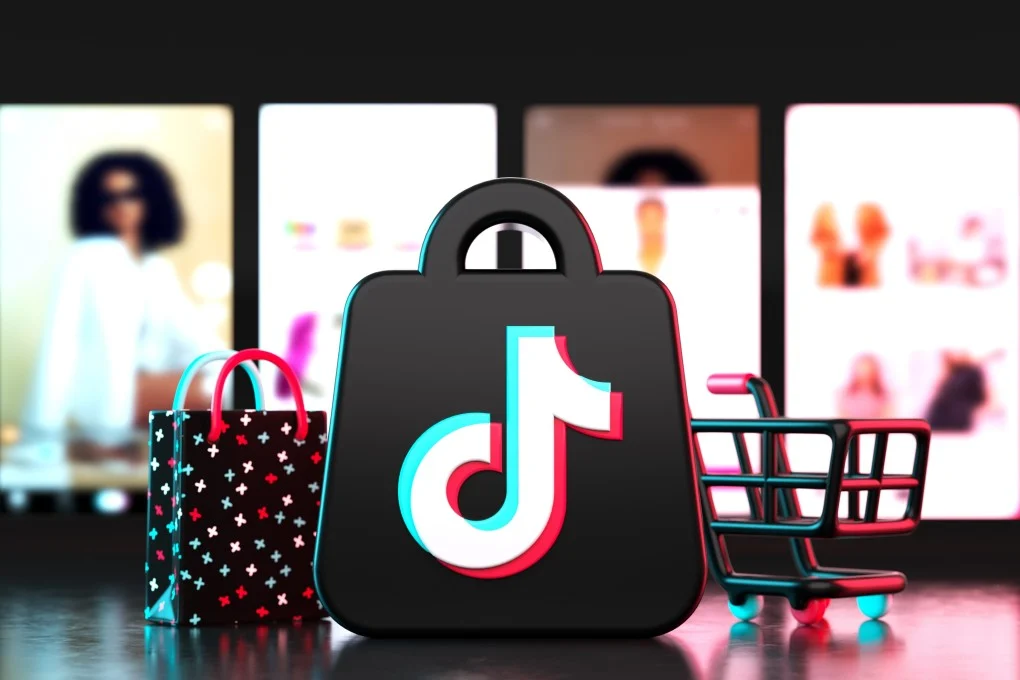
Pick the Right Product — Before You Even Think About Ads
No ad can fix a product that doesn’t grab attention.TikTok isn’t a search engine — it’s curiosity-driven.That means your product needs to:
- Look interesting in a video
- Solve a common problem instantly
- Fit seamlessly into the TikTok experience
What Makes a Product Ad-Ready in 2025
If you’re evaluating whether a product is worth promoting through TikTok Shop Ads, ask yourself:
-
Is it visually interesting?
Can you show how it works in a satisfying or surprising way? -
Does it solve a common (but non-obvious) problem?
Think kitchen gadgets, car organizers, or beauty hacks that make people go “I didn’t know I needed that.” -
Is the profit margin high enough?
TikTok ads aren't cheap — if your margins are tight, you won’t have room to test. -
Does it have UGC potential?
Can creators easily show, use, or react to it in a 30-second TikTok? -
Does the product page convert?
Good CTR means nothing if your PDP (product detail page) doesn’t close the sale. TikTok Shop analytics can help you track that.
Where to Spot Ad-Worthy Products (With Data to Back It Up)
This is where most sellers guess — but you don’t have to. Here are real strategies:
- Check TikTok Shop bestseller lists — but don’t just copy. Analyze what makes the top performers work: Is it the product, the pricing, the reviews, or the creative?
-
Use TikTok Shop analytics tools like FindNiche to dig deeper. You can see:
- Which products have had recent spikes in ad volume
- Which ads are running across multiple creators or stores
- Which listings are gaining traction in terms of sales and engagement
- Look for crossover trends — products that are trending on TikTok and getting added to cart. Not every viral item sells well.
Real Example: A Pet Hair Remover That Took Off
One seller found a silicone pet hair tool running in 6 different ads across 4 stores.One ad pulled 4.9% CTR and sold 1,200+ units — no influencer attached.
Why did it work?
- Clear visual payoff
- Solved a real problem
- High margin, low cost
- Looked like UGC
They replicated it with variations and broke even in week one.

Script It Like a Real TikToker — Not a Marketer
Running TikTok Shop ads isn’t about selling — it’s about storytelling that feels native. Most users scroll past anything that looks like an ad. So instead of thinking like a marketer, write like a creator.
What Works: Hook → Problem → Visual Proof → CTA
Here’s the go-to ad script format that converts in 2025:
1. Hook (0–3s): Grab Scroll-Stoppers
Keep it casual, relatable, or slightly controversial:
- “I didn’t expect this to work, but…”
- “You’re doing this wrong — here’s how to fix it.”
- “TikTok made me buy this, and I’m not mad.”
2. Problem (3–10s): Show It, Don’t Tell It
Use real-life mess or relatable struggle:
- Messy kitchen drawer
- Dog hair all over the couch
- Cracked phone screen during travel
3. Solution in Action (10–25s): Visually Satisfying Demo
No fancy transitions. Just your product solving the problem clearly.
- Watch it clean, snap, organize, fix, fold, etc.
4. CTA (26–30s): Make the Product Feel Accessible
Prompt action without sounding like a sales rep:
- “It’s under $15 on TikTok Shop.”
- “Already reordering.”
- “Link in bio. Don’t overthink it.”
Real Examples: What to Film
Example Product: Foldable Mini Chopper (Kitchen Gadget)
Ad Angle 1 – POV style
- “POV: You finally stop crying while chopping onions.”
- Messy cutting board > Switch to chopper demo
- “$9. Took 2 minutes to clean.”
Ad Angle 2 – Product solves the mess
- Open with chaotic kitchen mess
- Show 10-second montage of prepping 3 ingredients
- End with “TikTok Shop score for under $10”
Example Product: Car Trash Bin
Ad Hook: “I didn’t know my car was this gross until…”
- Shot of car door pockets full of trash
- Quick install & use demo
- “This bin from TikTok Shop actually made me cleaner.”
What to A/B Test: Same Product, Different Hooks
Don’t just make one video. Test angles, not just features:
- Relatable POV: “You ever get this frustrated?”
- Mini drama: “I actually broke it in 3 days… then this one came.”
- Creator demo: “Watch me clean this whole mess in under 10 seconds.”
Tip: Post multiple versions on a fresh TikTok account or creator profile to see which gets the most watch time — before putting ad spend behind it.
Tools to Study What’s Working Now
Don’t guess what’s converting — reverse-engineer it:
TikTok Creative Center
- Search “TikTok Shop” + your niche
- Filter by region, engagement, ad format
- Watch what real sellers are running now
FindNiche – TikTok Shop Analytics Tool
- See every ad a specific product or store is running
- Compare ad versions: duration, engagement, sales trend
- Spot best-performing angles before you shoot your own

Spy Before You Spend — Learn from Competitors’ Winning Ads
One of the biggest mistakes sellers make is launching ads blindly — without seeing what actually works for others in the same space. Why reinvent the wheel when you can learn from competitors’ proven successes?
Where to Start: Free Tools to See Competitor Ads
TikTok Creative Center is your first stop. It’s a goldmine for discovering trending ads, top-performing creatives, and ad formats currently favored by TikTok’s algorithm.
- Search by product keywords or categories.
- Filter by region or campaign objective.
- Analyze video styles, hooks, and CTAs used by top ads.
But TikTok Creative Center only gives you a surface look.
Go Deeper with FindNiche — Your TikTok Shop Ads Analytics Tool
This is where FindNiche shines. Unlike TikTok’s own tools, FindNiche lets you:
- View all ads a specific TikTok Shop product or store is running.
- Track ad performance over time — impressions, engagement rate, sales trends.
- Identify when ads started, how long they’ve run, and how they evolved.
- Compare different creatives to see which ones generate the best ROI.
This intel lets you spot real winning ads and avoid wasting budget on guesswork.
Tips for Competitive Spy Work
- Look for ads running consistently for at least 2 weeks — those usually perform well.
- Focus on ads with high engagement-to-impression ratios (likes, comments vs views).
- Pay attention to creative themes: are testimonials working better, or product-in-use demos?
- Note how top ads handle their CTAs — subtle or direct?
Don’t Copy, Adapt
Copying exact ads won’t get you far. The goal is to understand the winning elements — pacing, storytelling style, audience targeting hints — and make them your own.
Test Smarter, Not Harder — Low Budget Testing Strategies
Here’s the truth: most TikTok Shop sellers don’t need a massive ad budget — they need a smarter way to test. You’re not looking for a perfect ad on Day 1. You’re looking for signals that tell you what to double down on.
Set a Cap: You Don’t Need More Than $30/Day to Start
Testing doesn’t mean throwing money at TikTok and hoping something sticks. A daily budget of $20–30 per product is usually enough to gather real signals — clicks, view-through rates, adds to cart — that tell you if it’s worth scaling.
What matters is how you allocate that money:
- Start with 2–3 creatives per product, not just one.
- Run them as separate ad groups to compare performance.
- Use TikTok’s lowest cost bidding strategy during testing.
Test the Product Before You Test the Ad
Before you even shoot your ad, put your product into the hands of a creator — not for a polished brand deal, but to get real reactions. This type of unpaid UGC (user-generated content) can give you instant feedback on:
- Whether the product is visually engaging
- What users naturally highlight or complain about
- Whether the demo or result is actually satisfying to watch
You’ll be surprised how many “winning creatives” start as raw, casual iPhone clips.
What to Look for in the First 48 Hours
Within the first couple days, you don’t need conversions yet — but you do need signs of life.
Look for:
- Thumbstop rate: are people watching past 3 seconds?
- CTR: anything above 1.5% is promising for TikTok Shop
- Engagement: comments and shares are better than just likes
- Add-to-cart and product page views: early buying intent, even if no sales yet
These signals help you decide which creatives to kill and which to refine or scale.
Don’t Over-Test Creatives — Over-Iterate Angles
You don’t need 15 versions of the same video with different text overlays. What you need is 3–4 different angles — problem-first, results-first, testimonial-style, or even ASMR-style — and see which theme resonates.
Then, iterate that one.
Case Example: Testing a Kitchen Tool on a Tight Budget
A solo seller launched a $14 kitchen peeler on TikTok Shop. They ran three ad angles with a $25/day budget:
- One focused on speed (“Peels a potato in 7 seconds”)
- One on problem (“Hate wasting time cooking?”)
- One on satisfaction (“Listen to that crunch…”)
Within 72 hours, only the last ad had a strong view-through rate and comments like “Oddly satisfying.” That became their scaling angle — and within a week, they hit break-even with just 3 videos.

From Click to Checkout — What to Fix If No One Buys
Getting clicks but not sales? You’re not alone — this is one of the most frustrating (and common) scenarios for TikTok Shop advertisers. The ad did its job. People showed interest. But somewhere between that initial click and the “Buy Now” button, you lost them.
Let’s break down what’s likely going wrong — and how to fix it fast.
First, Check the Product Page — Is It Aligned with the Ad?
Your ad may have built a certain expectation. If your product page doesn’t match that energy, tone, or promise, it kills trust.
Ask yourself:
- Does the product title clearly match what was shown in the video?
- Are the visuals on the product page just as engaging? Or are they generic and low-res?
- Is there a clear CTA above the fold? (e.g., discount, urgency, shipping info)
You only have a few seconds to reassure users that buying is as seamless and rewarding as the ad made it seem.
Second, Check the Offer — Are You Giving a Reason to Buy Now?
Many TikTok users are impulse shoppers. If your offer isn’t strong or time-sensitive, they’ll just scroll away.
Things to consider:
- Do you have a visible discount or bundle?
- Is shipping free or fast — and do you say that clearly?
- Do you show social proof (like review counts or “X sold today”)?
A good ad brings them in, but a good offer closes the deal.
Third, Look at the Comments and Reviews
Users often scroll down to check if a product is “real.” TikTok shoppers want validation from people like them — not just from you.
- Do your reviews have actual photos or videos?
- Are negative reviews unresolved or alarming?
- Are you responding to questions in comments or FAQs?
Sometimes the product is good — but the lack of buyer proof scares people off.
Fourth, Rewatch the Ad — Is It Overpromising?
If your ad is too polished, too exaggerated, or too much like a “hard sell,” users may get skeptical after clicking. Authenticity sells better than perfection on TikTok.
Look for red flags in your ad:
- Does it feel scripted or overly produced?
- Are you promising results that the product can’t reasonably deliver?
- Does the tone of the video match the casual nature of TikTok?
If your ad feels out of place, even a good product page won’t save it.
Quick Fixes You Can Try Today
- Update your product thumbnail and first image to match the ad visual
- Pin positive user reviews to the top of your page
- Add a one-line benefit-driven hook to your product title (e.g., “Peels in 7 Seconds”)
- Use FindNiche to analyze high-performing TikTok Shop product pages in your category and see what makes them convert
The Shortcut Isn’t Ads — It’s Data
Running TikTok ads without proof is like shooting in the dark. You don’t need to gamble — not when your competitors are already showing you what works.
Before you spend a cent, start by spying on top-performing ads, tracking trending products, and studying winning creatives. This is how smart TikTok sellers test ideas, validate demand, and build winning offers — without burning cash.
Tools like FindNiche let you analyze real ad performance, monitor TikTok Shop sales, and download top creatives — so you can reverse-engineer success instead of guessing.
The bottom line? Don't rush into ads. Start with data, test smart, and let the numbers lead you to scale.
